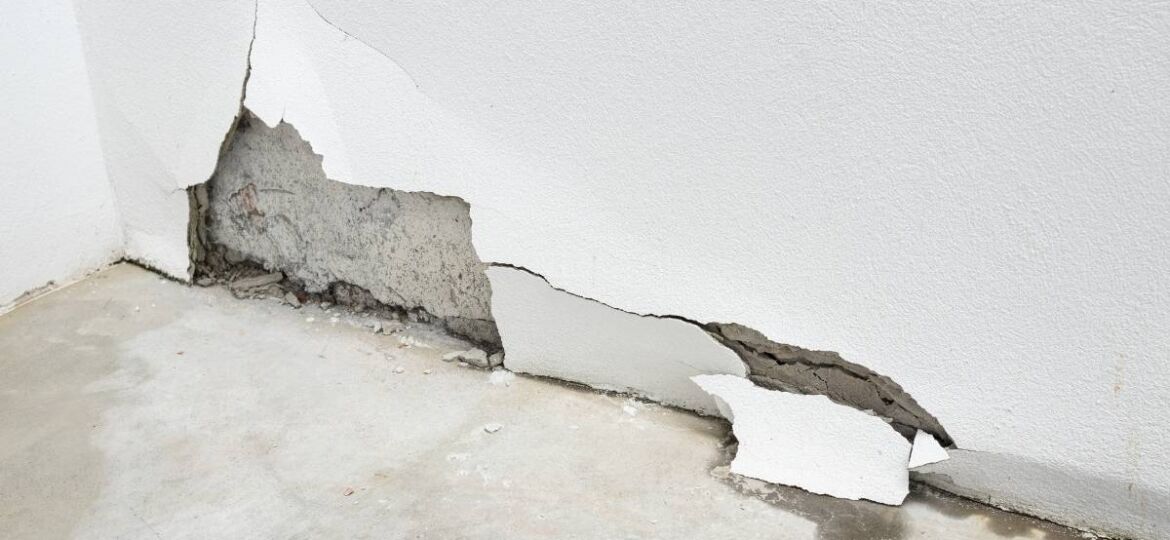
When water enters a commercial building, every minute influences revenue, customer trust, and employee safety. Sprinklers can misfire, pipes can burst, and summer storms can push water where it doesn’t belong. The difference between a quick rebound and a costly shutdown often comes down to preparation and disciplined execution in the first hours. Think of the goal as twofold: protect people and property today, and preserve business continuity tomorrow.
This guide lays out practical steps any facilities manager, property owner, or operations lead can put to work immediately. It draws on field-tested practices from restoration pros and risk managers who focus on preventing secondary damage and keeping costs predictable. Whether you run a medical office, retail center, warehouse, or multi-tenant building, the approach is similar: plan ahead, act fast, document everything, and dry correctly.
If you’re comparing providers for water damage restoration near Woodbridge, VA, use these benchmarks to set expectations. You want partners who can mobilize swiftly, communicate clearly, and make decisions based on moisture data, not guesswork. With a clear plan, you’ll cut the clock on downtime, protect your investment, and keep your teams confident the moment water shows up where it shouldn’t. That readiness pays off every time.
1. Develop a Pre-Loss Response Plan
Create an incident playbook before you ever see water. Map shutoff valves, label panels, and list after-hours contacts for plumbing, restoration, and insurance. Assign roles: who calls vendors, who shuts utilities, who captures photos, who speaks to tenants. Stock flood kits: flashlights, gloves, caution tape, sand tubes, and plastic sheeting. Pre-authorize an emergency services agreement so crews can roll without procurement delays. When everyone knows the first five moves, you compress the chaotic window when damage spreads and decisions cost the most.
2. Stop the Source and Document Early
Once water appears, stop the flow fast: close supply valves, shut the main if needed, and isolate affected zones. Start documentation immediately: time-stamped photos, videos, and notes. Sketch a quick floor plan to mark wet areas and standing water depths. Log damaged contents and serial numbers. Good records support insurance, protect against disputes, and help the drying team target hidden moisture. The aim is simple: control the source, capture facts, and build a traceable timeline that speeds approvals and restoration work.
3. Ensure Site Safety Before Restoration
Stabilize the environment before heavy work begins. Cut power to impacted circuits and have a qualified electrician assess. Improve the air by setting up containment and HEPA air scrubbers if contamination is suspected. Post signage and restrict access to slick floors and trip hazards. Elevate paper files and electronics out of harm’s way. If Category 2 or 3 water is involved, escalate personal protective equipment and disposal protocols. A safe, orderly site lets crews move faster and prevents injuries that stop progress cold.
4. Execute Efficient Water Extraction and Drying
Move from standing water to targeted drying without pauses. Use high-capacity extraction to cut hours off the timeline. Then shift to dehumidifiers and air movers placed to create a predictable airflow path. Technicians should meter drywall, baseplates, and underlayment daily, adjusting equipment based on readings, not guesses. Remove wet baseboards to vent wall cavities; consider flood cuts where insulation is saturated. The payoff is fewer days on equipment, less demolition, and a lower risk of mold or odors later.
5. Control Costs Through Smart Repair Choices
Control cost by defining scope early and choosing materials that return spaces to service quickly. Replace carpet tiles selectively instead of full rooms. Use drying mats for hardwood where salvageable rather than ripping floors. For drywall, patch only the necessary sections once readings show target moisture. Coordinate with the adjuster on unit pricing and approvals daily to avoid rework. Transparent estimates, clear change orders, and moisture logs give carriers confidence and keep reimbursements moving.
6. Maintain Business Operations During Recovery
Keep the business running even while repairs proceed. Split the space into zones so unaffected areas can reopen first. Relocate critical functions, phones, shipping, patient check-in, to dry rooms or temporary trailers. Communicate with tenants, staff, and customers through short, regular updates that include safety notes and reopening timelines. Test life-safety systems before reoccupancy. Schedule final cleaning and odor control after drying reaches targets. A disciplined, phased approach brings people back sooner and protects revenue.
Downtime after a water incident doesn’t have to spiral into weeks of lost revenue and mounting bills. The fastest recoveries happen when building managers and restoration partners work from a prepared plan, act decisively to stop water intrusion, and maintain strict safety and documentation standards. By using proven drying techniques and making repair choices that balance speed with quality, businesses protect their bottom line while keeping operations running wherever possible.
If you need expert help with water damage restoration near Woodbridge, VA, trust Water Damage America to respond quickly, restore your property efficiently, and keep your downtime to a minimum. Contact our team today to safeguard your property and your business’s future.

